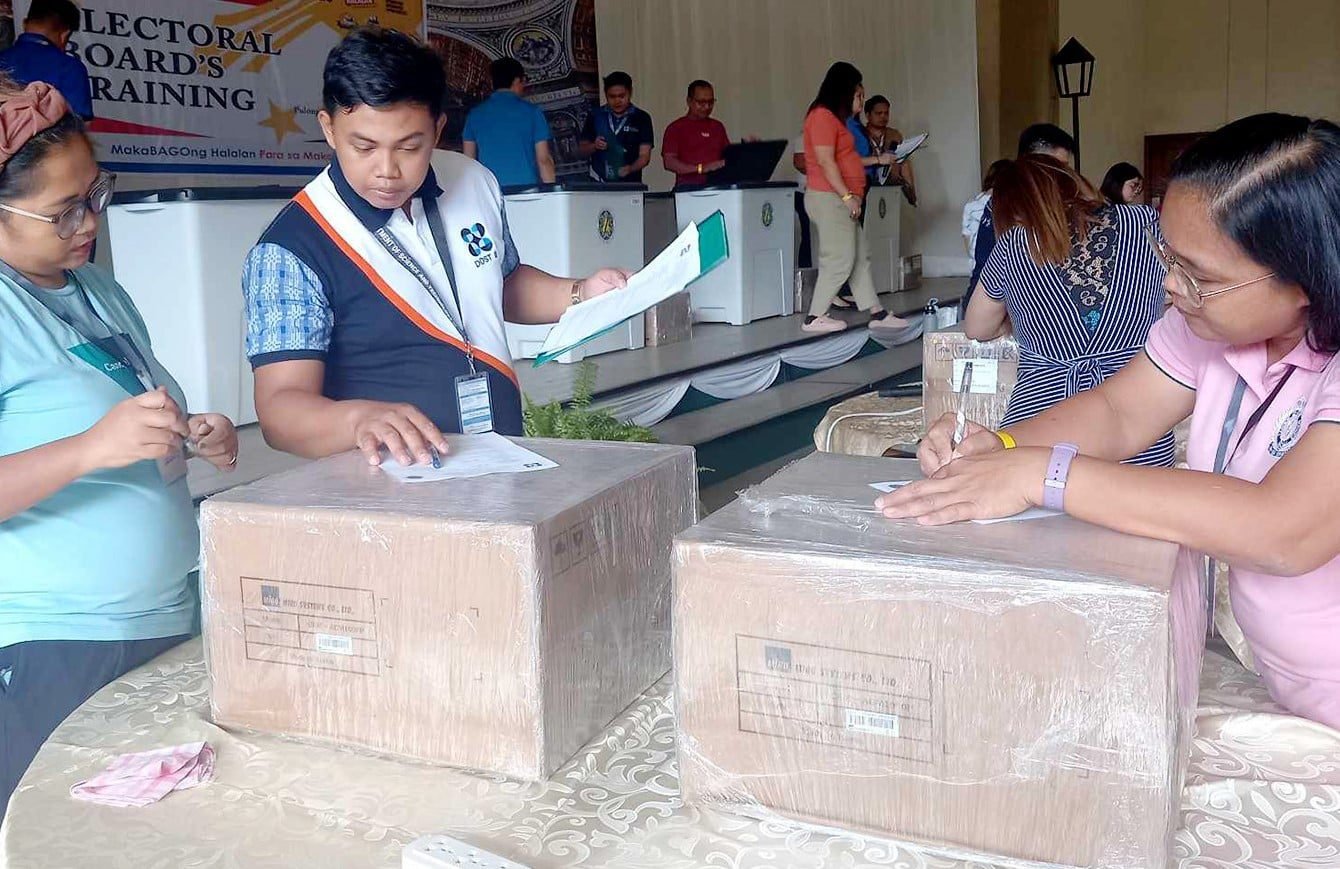𝗧𝗵𝗲 𝗚𝗹𝗼𝗯𝗮𝗹 𝗕𝗲𝗮𝘁 𝗯𝘆 𝗚𝗲𝗿𝗮𝗹𝗱 𝗟𝗮𝗰𝘂𝗮𝗿𝘁𝗮
This could have been a scene from a movie but it was real: a scorching Texas day, the sun beating down on a stretch of desert near El Paso. A black helicopter buzzes low, kicking up dust as federal agents—DEA, FBI, Border Patrol—grip their gear, nerves on edge.
They’re watching a small plane land onto a dusty field. It is July 25, 2024, and they’ve got their eyes on Ismael “El Mayo” Zambada, the Sinaloa Cartel’s big boss, a guy blamed for drowning the U.S. in fentanyl. The plane lands, and it is chaos—agents swarm out, shouting in Spanish and English, guns up. Zambada, this ghost who had dodged them for years, gets hauled off in cuffs alongside Joaquín Guzman Lopez, another cartel kingpin.
That takedown ended a decades-long chase. Now, with the U.S. labeling cartels like Sinaloa as Foreign Terrorist Organizations (FTOs), scenes like that might not be so rare anymore. It is a gutsier, messier fight against drugs coming our way.
Fast forward to February 19, 2025. The U.S. State Department, with Marco Rubio at the helm, drops a bombshell: eight Latin American cartels and gangs—Sinaloa, Jalisco New Generation, MS-13, even Venezuela’s Tren de Aragua—are officially Foreign Terrorist Organizations (FTOs). This has US President Donald Trump’s signature, pushing it through an executive order, and it is a loud signal—America is done playing nice with drug lords, especially over fentanyl tearing through their towns.
So, what does this mean for U.S. cops and soldiers going after these cartels in Mexico, on US soil, along the border, or even here in the Philippines?
I can’t help but think back to Duterte’s “tokhang” days—those brutal years that still sting. This U.S. move has me curious, and genuinely concerned too, so let’s dig into it.
Calling Cartels Terrorists Like ISIS
This FTO designation lets the U.S. hit these groups hard—freeze their cash, slap sanctions, maybe even send in the military. This follows reports of CIA surveillance using MQ-9 Reaper drones buzzing over Mexico, scoping out cartel drug labs. Trump has been loud about treating them like al-Qaeda or ISIS. It is not a new idea—both Barack Obama and Trump explored similar designations but backed away due to diplomatic tensions with Mexico. Now, with Trump’s return to office, it is full steam ahead.
It feels a lot like Duterte’s drug war here, kicked off in 2016 with tokhang and those High-Value Target (HVT) sweeps. Back then, it was all about nailing users and big shots alike—thousands died, officially over 6,000, though human rights groups estimate over 12,000. Who doesn’t remember the knocks at night, the dread of someone pointing the wrong finger, and all the arguments about whether the bloodshed was worth it? The U.S. plan has a different legal flavor, but it is stirring up the same big questions—human rights, who’s in charge, does it even work?
What It Means for U.S. Moves and Tren de Aragua’s Mess
Mexico is a tricky spot. The FTO designation doesn’t explicitly authorize U.S. military incursions into Mexico, but experts warn it could pave the way. Think back to how they took down Pablo Escobar in Colombia—could that happen south of the border? Mexico is not keen, though. Their president, Claudia Sheinbaum, says it will stomp all over their turf, and Trump’s talk of special forces missions, like against ISIS, has folks worried cartels might hit back—maybe at American tourists or diplomats.
In the U.S. and along that 2,000-mile border with Mexico, the new policy is a boost for border cops. Border Patrol and ICE can lean on anti-terror tricks—more cameras, grabbing cartel money—moves they couldn’t do as easily before.
The crackdown has now become more urgent after a crooked Border Patrol officer was caught and exposed to have ties to the Juarez cartel. This is how deep the cartel’s influence goes and this is why the new U.S. administration is pushing hard.
Then there’s Tren de Aragua from Venezuela, another name on the FTO list. The TDA gang has made big news in the U.S. when they took over an apartment building in Aurora, Colorado. Early this year, cops shut down “The Edge at Lowry” after it turned into a nightmare—kidnappings, torture of migrants, all tied to TDA gang members. It hits close to home, reminding me of how our drug gangs in the Philippines used to run roughshod over neighborhoods.
Cartels Right Here in the Philippines
Here’s where it gets real for us: the Sinaloa Cartel has been in the Philippines, and that is no secret since Duterte’s popular (or infamous) matrix revealed the connections. Back in 2013, cops raided a spot in Lipa, Batangas, nabbed 84 kilos of shabu, and traced it right back to Sinaloa. PDEA says Sinaloa has been using Philippine ports as a pit stop, shipping drugs to the U.S. and beyond.
Worse, they’ve teamed up with Chinese/Asian gangs like Sam Gor, a big player in meth trafficking. Reuters says those two are tight, moving stuff through Southeast Asian ports—including ours. There is no denying that Mexican cartels aren’t just a far-off problem; they’re here, working with local crews and Chinese triads.
Can the U.S. Chase Them Here?
So, could U.S. agents swoop in and bust these cartels on Philippine soil? From what I’ve pieced together, it is not that simple. Their laws tie the hands of the FBI, DEA, anybody—they can’t just roll in and start rounding folks up without our say-so. The Philippines calls the shots here, and they’d have to sign off, probably through some deal like a mutual legal assistance treaty.
What’s more likely is the Americans teaming up with our PNP or PDEA, like they did during Duterte’s war when U.S. intel helped spot targets. Without going in themselves, they could pass us tips through the DEA, freeze cartel cash with U.S. Treasury’s Office of Foreign Assets Control (OFAC), or snag somebody big and extradite them—think El Chapo’s 2019 trial. They might even train Philippine police or military, though that makes me nervous after all the mess from tokhang.
No way they’re sending drones or commandos here, though—that would break international rules and tick off Manila big time. Duterte hated American meddling, and Marcos Jr.’s careful about it too. Plus, Mexico’s already pushing back on U.S. moves—same vibe here if they overstep.
What’s the Law Say Now?
Legally, this FTO designation means cartel guys can get hit with anti-terror charges. These include “material support to terrorists” (look up 18 U.S.C. § 2339A), drug running (21 U.S.C. § 841), money laundering—which could lock them up for decades, even life.
U.S. authorities can freeze and confiscate cartel money too, choke their operations. But here’s the catch: U.S. law does not let their military go after American citizens or residents unless they’re straight-up terrorists, like funding ISIS.
Tokhang skipped all the legal niceties—earned us an ICC stink-eye. The U.S. plan has a more legal structure, but it still smells like it could overreach, especially if they start flexing in Mexico or leaning on us too hard.
What Can the U.S. Actually Do?
They’ve got options. Drones, intel swaps with Mexico and Philippines, tighter border checks—that’s all in play without stepping on toes too much. It fits their Department of Homeland Security’s six-pillar plan which focuses on smugglers and migrant networks. If they get the go-ahead, special forces or airstrikes could take out cartel honchos in Mexico, like they’ve done with ISIS. But folks like The Guardian warn it could turn into a Vietnam-style mess. Here in the Philippines? No chance without our okay.
The U.S. could buddy up with Mexico, us, and nearby countries—think how we work with ASEAN on drugs. Problem is, Mexico has been dragging its feet and Filipinos are touchy about outsiders. The Sinaloa-Sam Gor connection is also a tangled web –what happens if U.S. operations against cartels lead to Chinese fatalities? Come to think of it.
What’s It Mean for Us Here?
Duterte’s drug war left us raw—tokhang turned neighbors against neighbors, but some swore it was the only way to stop the syndicates wrecking lives. This new U.S. push against cartels feels familiar, although more legally structured. It could still lead to civilian harm or diplomatic fallout if unchecked. Here in the Philippines, where drugs keep creeping back despite Duterte’s past campaign, this new U.S. policy is a nudge to focus on fixing people (rehabilitation), building trust, not just swinging fists with brute force.
This fight—ours against local gangs, theirs against cartels—is all about balancing citizens’ safety and human rights. The Trump administration’s new war on cartels is just beginning. Its ripple effects may reach far beyond American shores, including here in the Philippines, where the shadows of Mexican cartels and their partner Chinese syndicates loom large.












